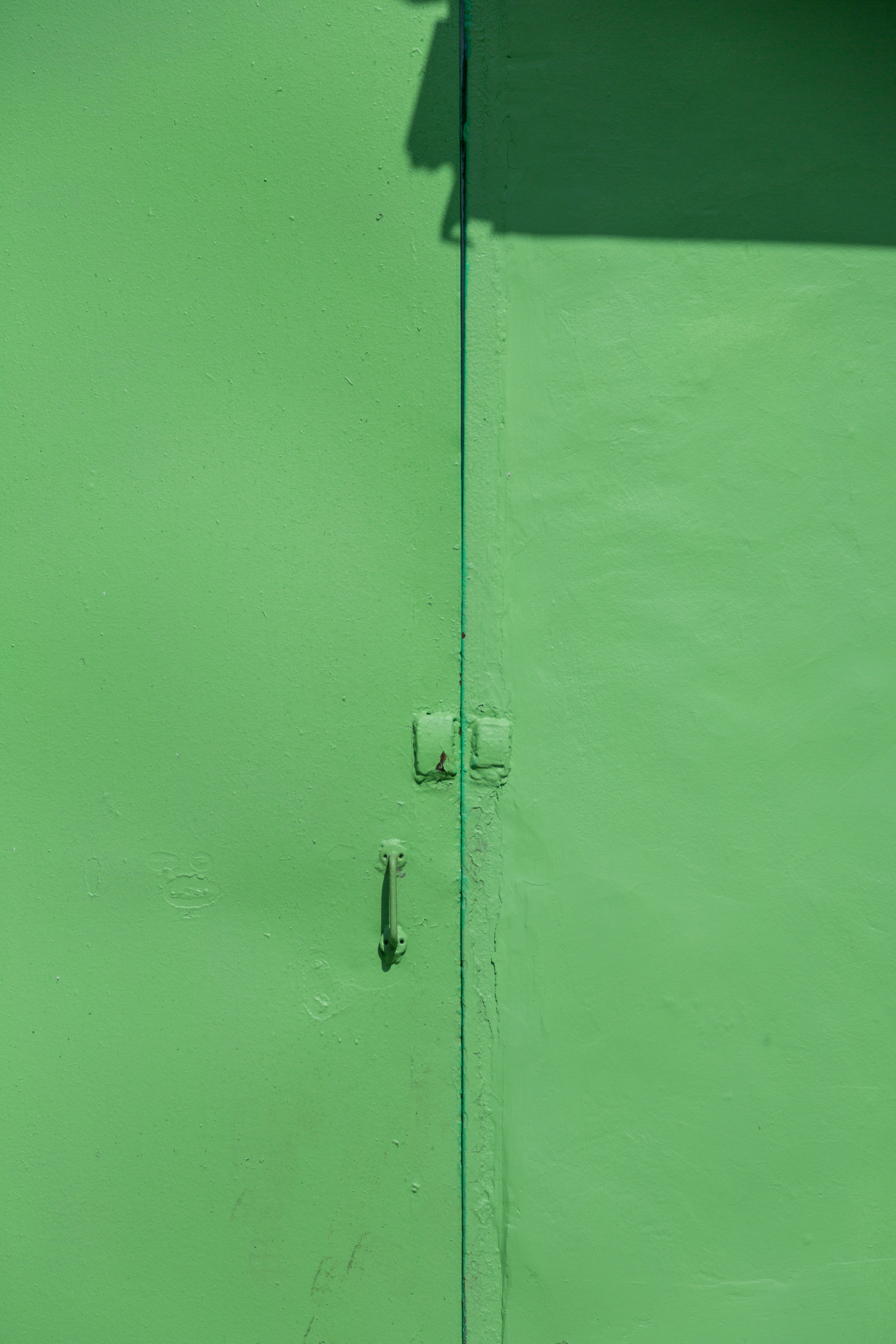What is hotel room revenue calculation - all formulas you need to know

Hotel Room Revenue Calculation: Key KPIs and Formulas Every Hotelier Should Know
Key performance indicators (KPIs) help hoteliers evaluate performance, track growth, and spot areas for improvement. Whether you manage a boutique hotel or a large property, understanding these metrics is crucial to making better pricing and operational decisions.
Below, we’ll cover the most important hotel revenue formulas—RevPAR, ADR, GOPPAR, TrevPAR, RevPASH, occupancy rate, and ALOS—with definitions and real examples.
RevPAR: Revenue per Available Room
What it is: Revenue per available room (RevPAR) measures how much revenue each available room generates, regardless of whether it’s sold.
Formula:
- RevPAR = ADR × Occupancy Rate
- Or: RevPAR = Total Room Revenue ÷ Total Available Rooms
Example:
A hotel with 150 rooms has an ADR of $100 and an 80% occupancy rate.
RevPAR = $100 × 0.8 = $80
📌 Tip: RevPAR only considers room revenue—it does not include income from F&B, spa, or other services.
RevPAR Index
The RevPAR Index compares your hotel’s performance to its competitive set.
Formula:
RevPAR Index = (Your RevPAR ÷ Market RevPAR) × 100
- If the index = 100 → you’re capturing your expected market share
- If the index > 100 → you’re outperforming your competitors
ADR: Average Daily Rate
What it is: ADR measures the average revenue earned per sold room.
Formula:
ADR = Room Revenue ÷ Rooms Sold
Example:
A hotel in Amsterdam earns $3,000 from 40 sold rooms in one day.
ADR = $3,000 ÷ 40 = $75
📌 Difference from RevPAR: ADR only accounts for sold rooms, while RevPAR reflects all available rooms.
GOPPAR: Gross Operating Profit per Available Room
What it is: GOPPAR provides a more complete picture by including operating profit, not just revenue.
Formula:
GOPPAR = Gross Operating Profit ÷ Available Rooms
Example:
A 60-room hotel has 21,900 available rooms per year.
Total revenue = $4M, expenses = $1.5M → GOP = $2.5M.
GOPPAR = $2.5M ÷ 21,900 = $114
TrevPAR: Total Revenue per Available Room
What it is: TrevPAR considers all revenue sources, including rooms, F&B, spa, and extras.
Formula:
TrevPAR = Total Revenue ÷ Available Rooms
Example:
A hotel earns $6,000 in one day with 60 rooms.
TrevPAR = $6,000 ÷ 60 = $100
📌 Unlike GOPPAR, TrevPAR does not factor in expenses.
RevPASH: Revenue per Available Seat Hour
What it is: A restaurant-focused KPI measuring seat profitability.
Formula:
RevPASH = Outlet Revenue ÷ (Seats × Opening Hours)
Example:
A hotel restaurant earns $13,000 in 10 hours with 60 seats.
RevPASH = $13,000 ÷ (60 × 10) = $21
Occupancy Rate
What it is: Shows the percentage of occupied rooms over a specific period.
Formula:
Occupancy = Occupied Rooms ÷ Total Available Rooms × 100
📌 Important: 100% occupancy isn’t always profitable—if rooms are sold too cheaply, revenues may suffer. Balance occupancy with ADR for maximum profitability.
ALOS: Average Length of Stay
What it is: Measures how long guests stay on average.
Formula:
ALOS = Total Room Nights ÷ Total Bookings
Example:
100 room nights ÷ 55 bookings = 1.8 nights
If ALOS is unusually low, consider promotions for extended stays or minimum stay restrictions.
Key Takeaways
- RevPAR and ADR show room performance.
- GOPPAR and TrevPAR reflect the big financial picture.
- RevPASH is critical for hotels with restaurants.
- Occupancy Rate & ALOS highlight guest behavior trends.
- Use these KPIs together to make smarter, revenue-focused decisions.
👉 Want to stop calculating KPIs manually?
Pricepoint’s AI-powered revenue management system automates pricing and tracks metrics like RevPAR, ADR, and occupancy in real time—helping hotels increase revenue by up to 25%.





